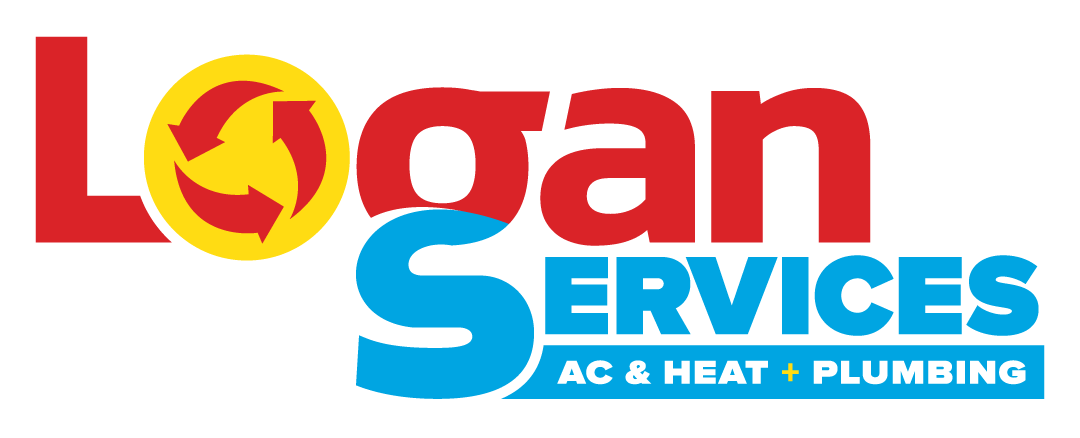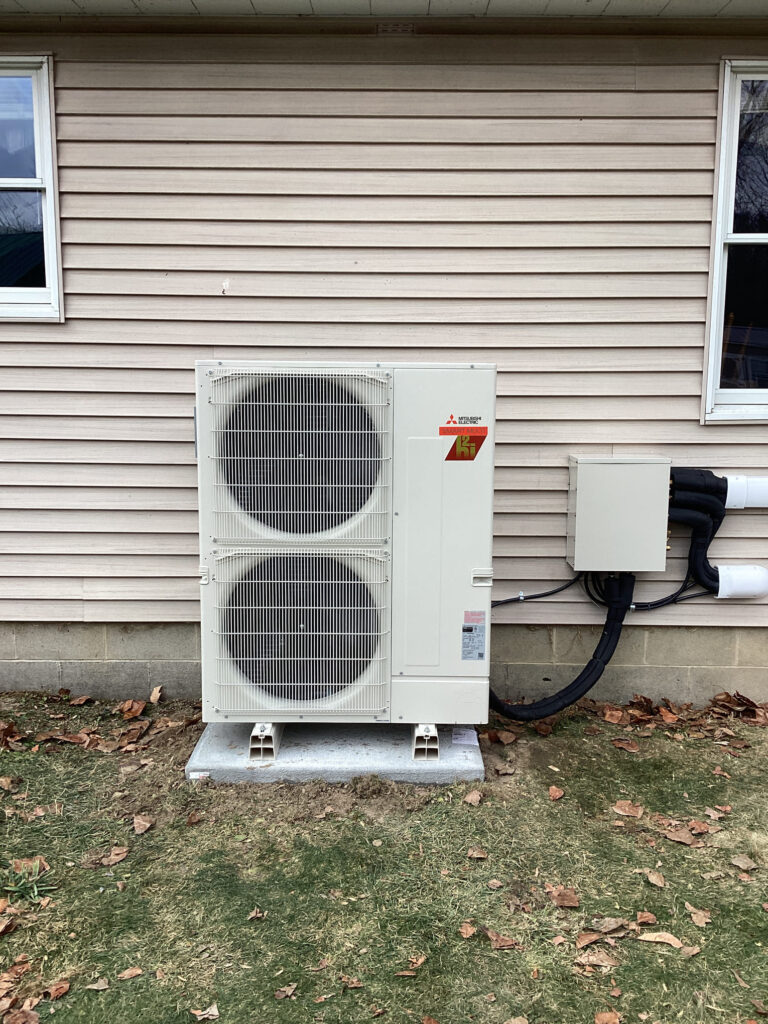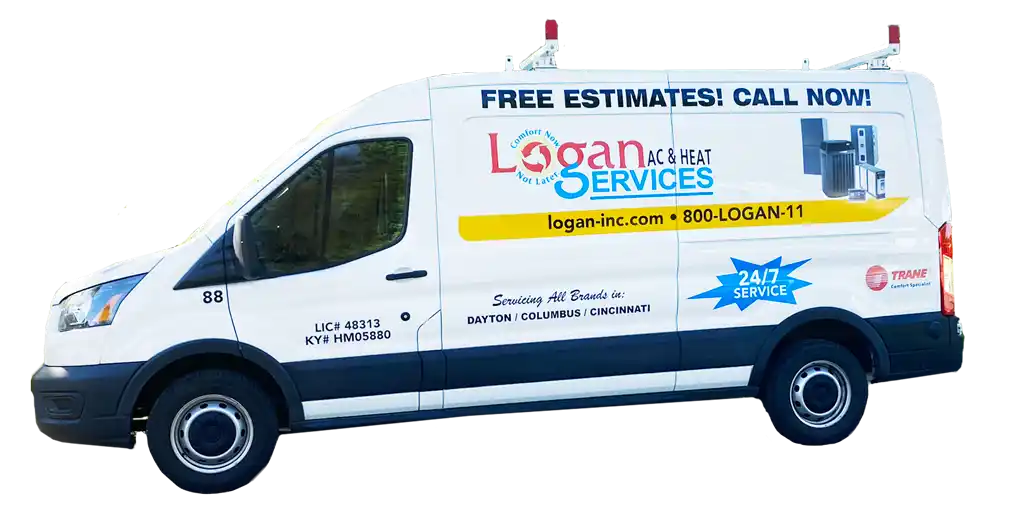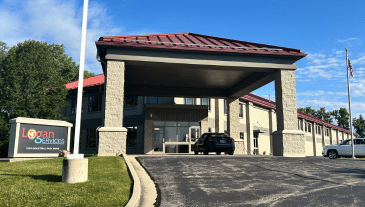The world of heating and cooling has been revolutionized by ducted mini-split systems. These modern and efficient systems go beyond the traditional heat pumps, offering superb energy efficiency, flexibility, and improvements in indoor air quality. This article aims to shed light on this advanced technology, the difference between it and traditional heat pumps, and why ducted mini splits might just be the future of heating, ventilation, and air conditioning. We’ll also provide a detailed guide on implementation, including considerations for installation and tips for maintenance.
Understanding Ducted Mini Splits
The ducted mini split heat pump is an air conditioning system that combines elements of traditional forced air systems and cooling techniques with newer, more efficient technology. Unlike window units and portable AC systems, a ducted mini-split system integrates directly into a building’s air ducted solutions, making it a seamless, discreet option for temperature control.
Highlights of Ducted Mini Split Technology
A perfect mini-split system introduces many innovative features. For instance, the static concealed duct leverages technologies that allow the system to run quieter than a soft whisper. This way, you won’t even notice that it’s keeping your environment comfortable.
In addition, the air handler in a ducted mini-split is typically quite small, so it won’t obstruct your space. You can even position the air handler in almost any area of your home. With the fresh air being evenly distributed by the system, you’ll be basking in perfect comfort without even noticing the source of all that beautiful climate control.
Differences between Traditional Heat Pumps and Mini Splits
Traditional heat pumps generally use a large, single outdoor unit that connects to one or more interior air handlers. These traditional forced air systems often require extensive ductwork, which can lead to energy losses if not properly sealed. On the other hand, ducted mini-split systems employ a single outdoor component connected to multiple indoor units, optimizing efficiency and performance.
Additionally, unlike traditional systems, ducted mini splits allow you to control the temperature in individual rooms, leading to improved comfort and energy efficiency. This zoning capability is possible due to the separate indoor units having their own controls. A ducted split system, therefore, is ideal for maintaining different comfort levels in various areas of the home or office.
How Ducted Mini Splits Work
At the core of their function, a ducted mini split, whether it’s a single-zone or multi-zone model, works by transferring heat between its two main units. The outdoor unit contains the compressor, which facilitates the heat transfer process, and the indoor units, or air handlers, distribute the heated or cooled air throughout your home or office.
When the system is in cooling mode, it takes in warm indoor air, removes the heat via the compressor in the outdoor unit, and returns it as cool air through the indoor units. During heating, the system inverts the process, extracting heat even from cold outdoor air and using it to warm your indoor space. This heat exchange process is accomplished with remarkable efficiency, making ducted mini splits an economical and environmentally friendly solution for your temperature control needs.
Advantages of Ducted Mini Split Systems
A ducted mini split heat pump, or simply, ducted mini split, is an innovative device that optimizes heat and cool air distribution in homes, offices, and commercial spaces. Unlike the traditional forced air systems, where an entire house could be heated or cooled, ducted mini splits provide individualized temperature settings for specific rooms, thereby increasing comfort, conserving energy, and lowering costs.
Energy Efficiency and Cost Savings
Your perfect mini split operates using a ducted split system, in which an outdoor unit is connected to an indoor unit or units via conduits. Compared to a window unit, popularly known as window AC, the ducted mini-split system promotes improved energy efficiency.
Because the conduit connections are insulated and compact, there is less energy loss as fresh air travels from the outdoor unit to the indoor units.
A ducted mini split can help you save on electricity bills since it consumes less energy than traditional forced air systems, portable AC, window AC, and window units. According to recent research from Mitsubishi Electrics, replacing window units with mini-split systems could translate to about 40% energy cost savings annually. Thus, transitioning to ducted air solutions not only makes ecological sense but also translates to significant economic benefits.
Flexibility and Convenience
Ducted mini splits are designed for flexibility. Instead of having a singular, central air handler as with traditional forced air systems, mini splits are equipped with individual air handlers that can be positioned conveniently to provide cold or warm air to different zones within a space, leading to a more convenient and comprehensive air conditioning system. Y
Ducted solutions allow us to manage temperatures in different zones as per the need. Single-zone systems can be used for cooling or heating a room, while multi-zone systems are designed for larger areas that need more than one indoor unit. So, you can turn off the heating in your basement if you’re not using it and avoid energy waste and unnecessary costs.
Preservation of Indoor Air Quality
The ducted mini split heat pump betters indoor air quality by providing a steady stream of fresh air into the space. They are equipped with advanced filters that capture dust, allergens, and other pollutants to provide purified air. This feature proves to be beneficial, especially for people with allergies or asthma. In contrast, traditional forced air systems may circulate dust and allergens that get trapped in ducts, impacting the air quality negatively.
Ventilation in the ducted split system is controlled, which significantly reduces the risk of dampness and the growth of allergens. The indoor units can also dehumidify the air, making it more comfortable during the humid summer months.
In-depth Look at Implementing Ducted Mini Splits
Ducted Mini Splits are innovative air-ducted solutions that can be an ideal alternative to traditional forced air systems. One important advantage of this air conditioning system is that it involves both an indoor unit and an outdoor unit. The indoor units, often termed as air handlers, are connected to the outdoor unit through a duct system. This unique configuration miraculously helps overcome the limitations of window units, portable ACs, and even single-zone systems.
Essential Considerations for Installation
There are crucial points to remember before integrating a ducted split system. The first step involves choosing between single-zone and multi-zone systems. While single-zone systems have one indoor unit and one outdoor unit, multi-zone ones involve multiple indoor units connected to a single outdoor unit.
The next point is the perfect mini-split position – an element often overlooked. It is essential to position the air handler in a location where it can receive plenty of fresh air. Proper placement can also prevent cold feet or unpleasant drafts.
Maintenance and Troubleshooting Tips
To extend the durability and effectiveness of a ducted mini-split heat pump, regular maintenance is required. Cleaning the air filter, ensuring that the outdoor unit is not blocked, and having regular checks from professionals are some of the best practices. These measures prevent diagnostic trouble and avoid frequent replacements of components, like the concealed duct unit.
The Long-term Value of Ducted Mini Splits
Beyond cooling and heating, air conditioning systems related to ducted mini splits offer long-term value in several ways, a leading one being energy efficiency. Unlike traditional forced air systems, ducted mini splits and heat pumps run on electricity, eliminating the need to burn fuel. This feature results in less energy consumption and lower utility bills over the years.
Ducted solutions such as these are perfectly designed to provide conditioned comfort in different areas of your home. They are versatile, allowing for ceiling, horizontal, or vertical installation, bringing you a fresh and pleasant indoor environment. And don’t forget about their quiet operation; they provide the utmost tranquillity compared to those noisy window ACs and split systems! All these attributes highlight the worthwhileness of a ducted mini split system in the long run.
Frequently Asked Questions:
What are the main differences between traditional heat pumps and ducted mini splits?
Ducted mini splits have separate indoor units with individual controls, allowing for zoning and comfort optimization, while traditional heat pumps use a central air handler. Mini-splits are also more energy efficient with less ductwork energy loss.
What are some key benefits of ducted mini-split systems?
Benefits include flexibility in temperature control, improved energy efficiency and cost savings, better indoor air quality, and quiet operation. The systems can also provide both heating and cooling.
How does proper placement and installation impact the performance of a ducted mini split?
Proper placement of the indoor air handler ensures it gets enough fresh air. Correct installation of components like the static concealed duct prevents faults. Overall good placement and installation lead to optimal efficiency.





















